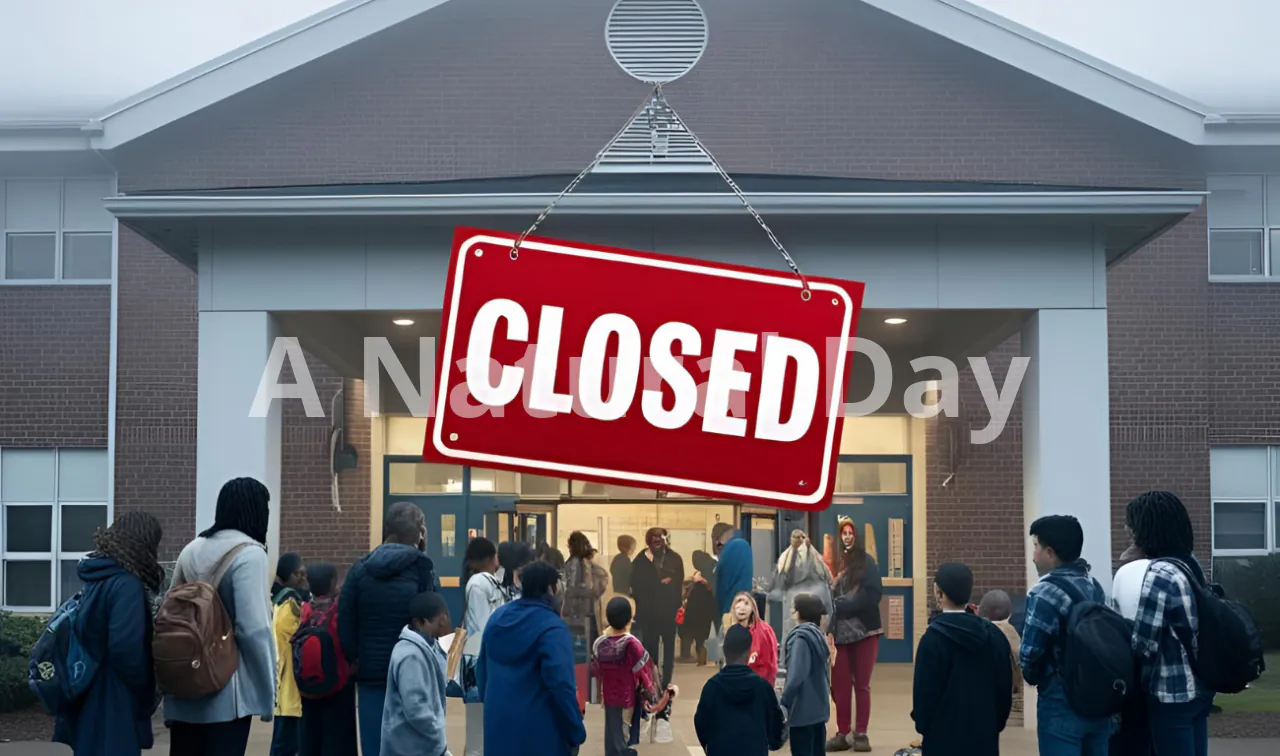School Closings: Reasons, Impacts, and What You Need to Know

School closings have become a significant issue affecting students, parents, teachers, and entire communities. Whether due to severe weather, public health concerns, or financial constraints, school closures can disrupt education and daily life. In this article, we explore the reasons behind school closings, their impacts, and what steps can be taken to mitigate their effects.
Understanding School Closings
What Are School Closures?
A school closure refers to the temporary or permanent shutting down of a school or multiple schools within a district. These closures may happen for various reasons and can be short-term or long-term, depending on the situation.
Different Types of School Closures
-
Planned Closures: Scheduled breaks, holidays, or maintenance-related shutdowns.
-
Emergency Closures: Weather, health crises, or security threats.
-
Permanent Closures: Due to low enrollment, financial difficulties, or policy changes.
Common Reasons for School Closures
Weather-Related Closures
Heavy snowfall, hurricanes, floods, or extreme heat can make it unsafe for students and staff to commute, leading to temporary school shutdowns.
Public Health Concerns (e.g., Pandemics)
COVID-19 highlighted how schools might close for extended periods due to health risks, forcing a shift to remote learning.
Natural Disasters
Earthquakes, wildfires, and other disasters often damage school buildings, necessitating closures.
Budget Cuts and Financial Issues
Schools with financial deficits may shut down due to a lack of resources to sustain operations.
Low Enrollment Rates
Declining student numbers can make it unfeasible to keep a school running, leading to permanent closures.
Safety and Security Threats
Threats like shootings or violence may cause temporary or even permanent school closures for safety reasons.
How School Closings Affect Students and Families
Disruption in Learning
Unexpected closures can lead to learning gaps, especially if remote learning alternatives are not available.
Impact on Parents and Work Schedules
Parents may struggle with childcare and work adjustments when schools suddenly close.
Mental and Emotional Effects on Students
Abrupt school closures can lead to anxiety, stress, and feelings of isolation among students.
The Impact on Teachers and School Staff
Job Security Issues
Long-term closures or permanent shutdowns can lead to job losses and financial insecurity for teachers and staff.
Transitioning to Remote Learning
Teachers must quickly adapt to online education, which can be challenging for those unfamiliar with digital tools.
Community and Economic Consequences of School Closures
Local Business Effects
Nearby businesses that rely on students and school staff (cafes, bookstores, etc.) may suffer losses.
Property Values and Real Estate Impacts
Areas with school closures may see declining property values, making it harder to attract new families.
Strain on Community Resources
Libraries, community centers, and other facilities may become overcrowded with displaced students.
How Schools and Districts Decide on Closures
Decision-Making Process
School boards and local governments assess factors like weather forecasts, health risks, and financial stability before making closure decisions.
Role of Local Authorities and Government
Local education departments and policymakers play a crucial role in determining school closures and finding solutions.
Temporary vs. Permanent School Closings
Short-Term vs. Long-Term Effects
Temporary closures might have a short-lived impact, while permanent shutdowns affect communities for years.
Remote Learning as an Alternative
Benefits of Online Education
Remote learning allows education to continue despite closures, ensuring minimal disruption.
Challenges of Remote Learning
Not all students have access to the internet or necessary devices, leading to educational inequalities.
Steps to Prepare for Unexpected School Closings
Emergency Plans for Parents and Students
Having backup childcare plans, study schedules, and digital learning tools can help families navigate school closures.
Resources Available for Families
Schools, government programs, and nonprofits offer support, such as free meals and remote learning tools, to affected families.
Future Trends in School Closures and Education
Increasing Use of Hybrid Learning
A blend of in-person and remote learning is becoming a long-term strategy for dealing with closures.
Policy Changes and Government Support
New education policies are being introduced to address future disruptions and improve school stability.
Conclusion
School closings are complex and have wide-ranging effects on students, parents, educators, and communities. Understanding the reasons behind closures, their consequences, and available solutions can help mitigate their impact and prepare for future disruptions.
FAQs
1. What are the main reasons for school closings?
Schools close due to weather, health crises, financial issues, low enrollment, and security threats.
2. How do school closures affect students?
Closures disrupt learning, impact mental health, and create challenges for families in managing daily routines.
3. Can remote learning fully replace in-person classes?
While remote learning is a useful alternative, it cannot fully replace the social and interactive benefits of in-person education.
4. How can parents prepare for unexpected school closures?
Parents should have emergency childcare plans, access online learning tools, and stay informed about school district decisions.
5. Will school closures become more common in the future?
With increasing climate challenges and public health concerns, temporary school closures may happen more frequently.




